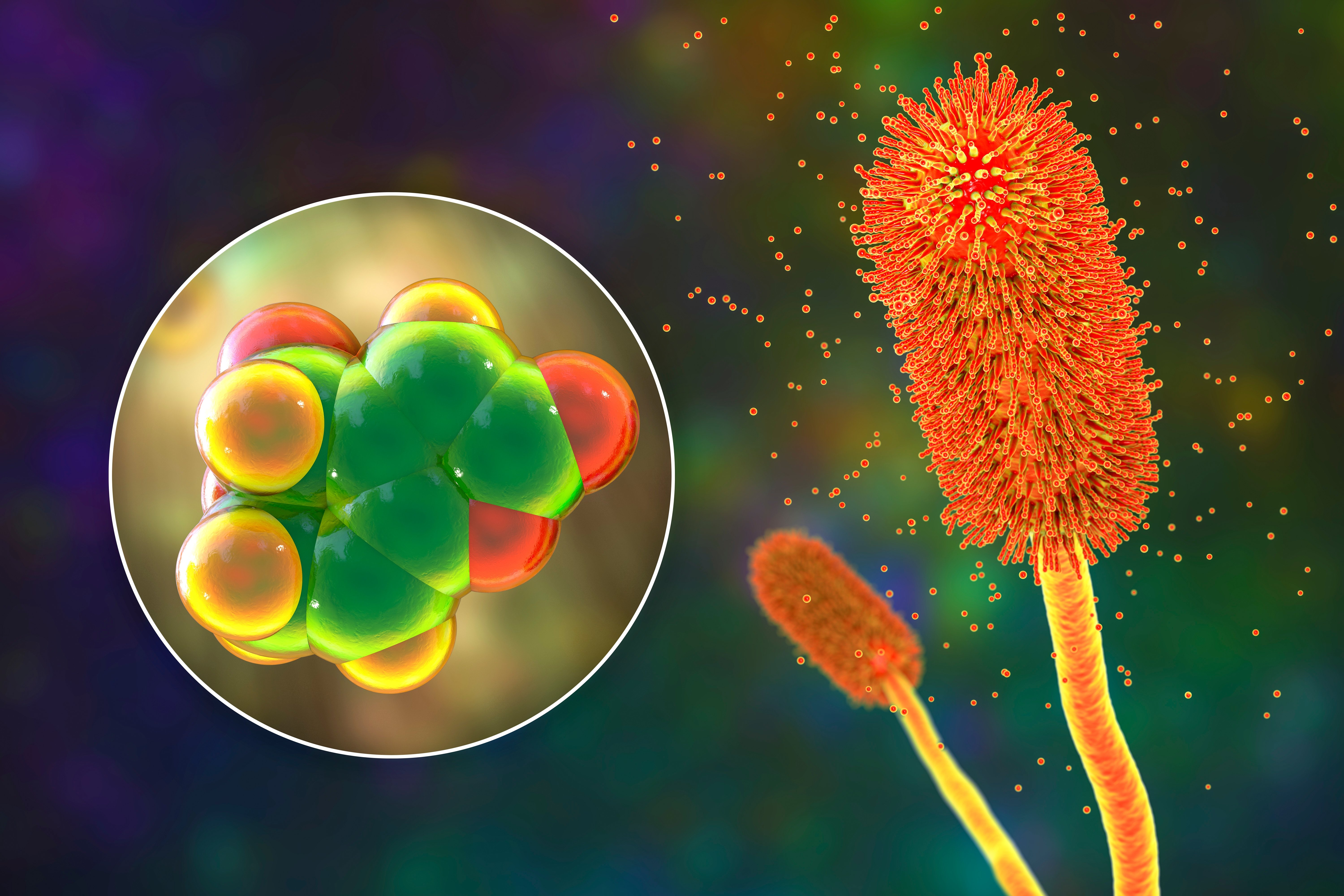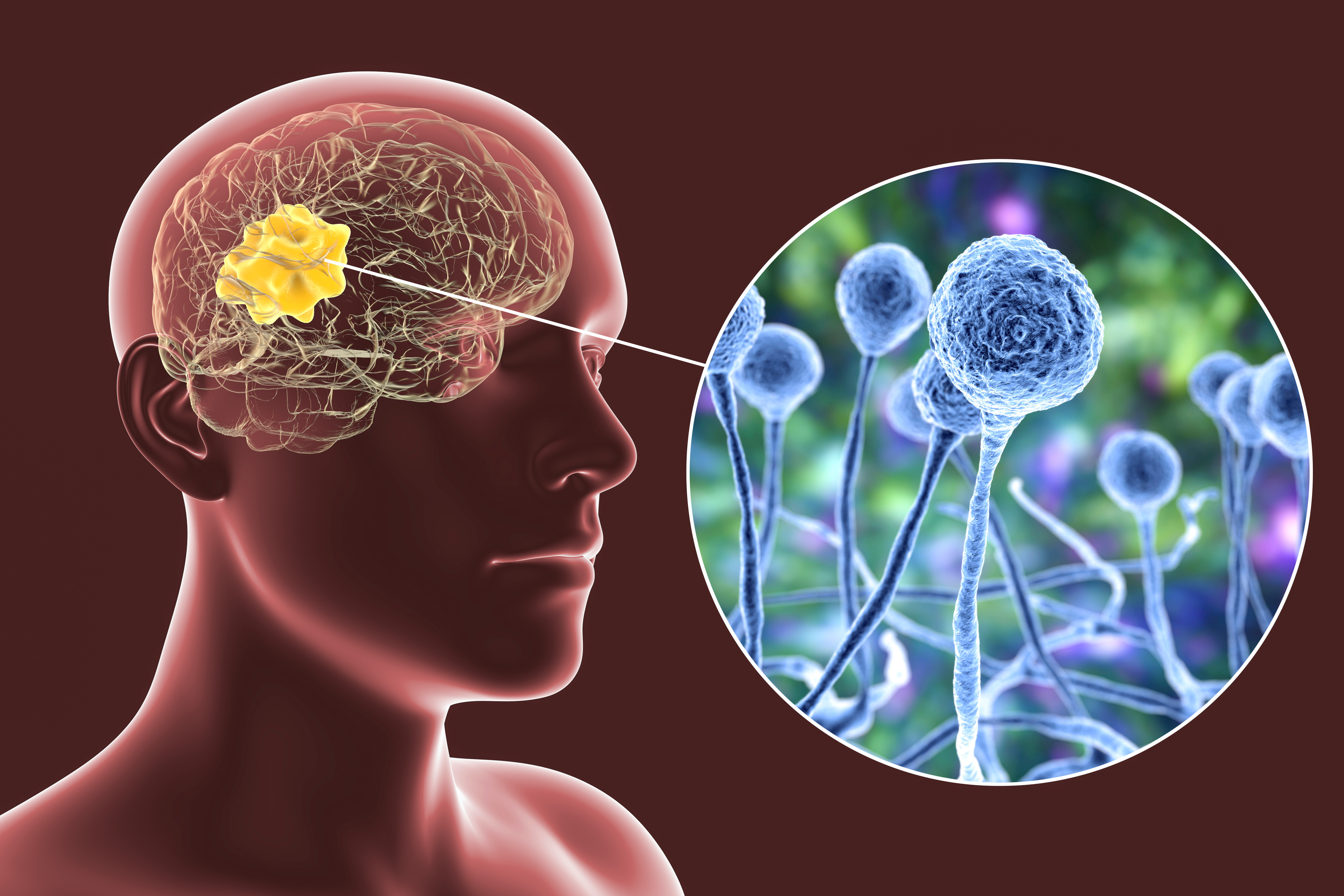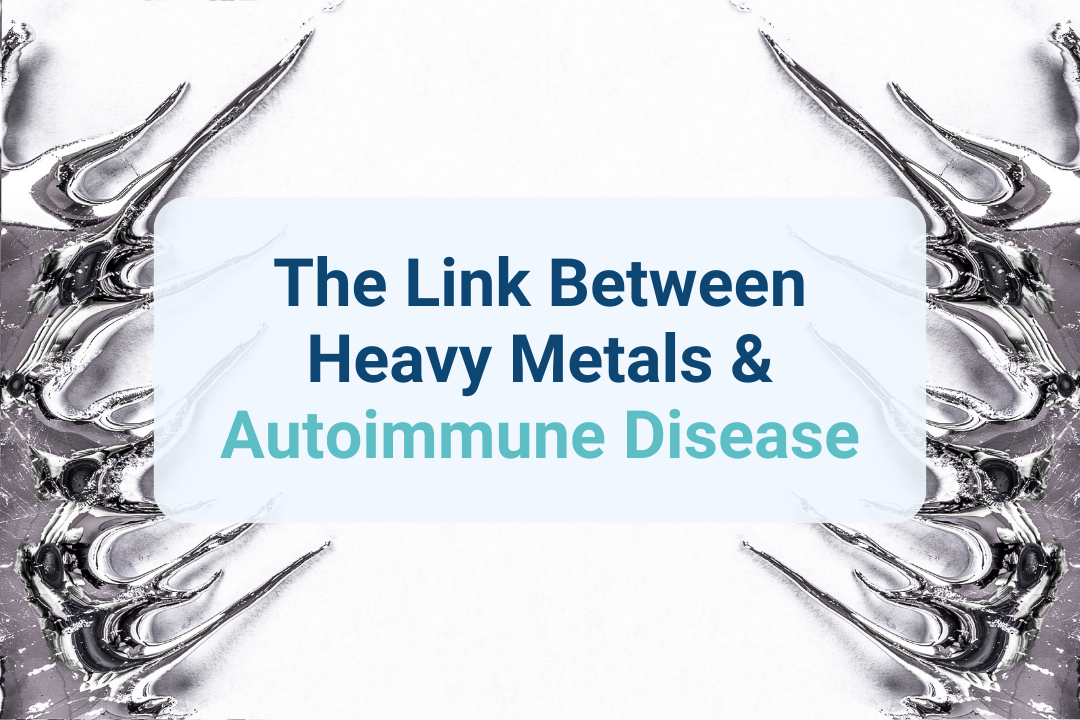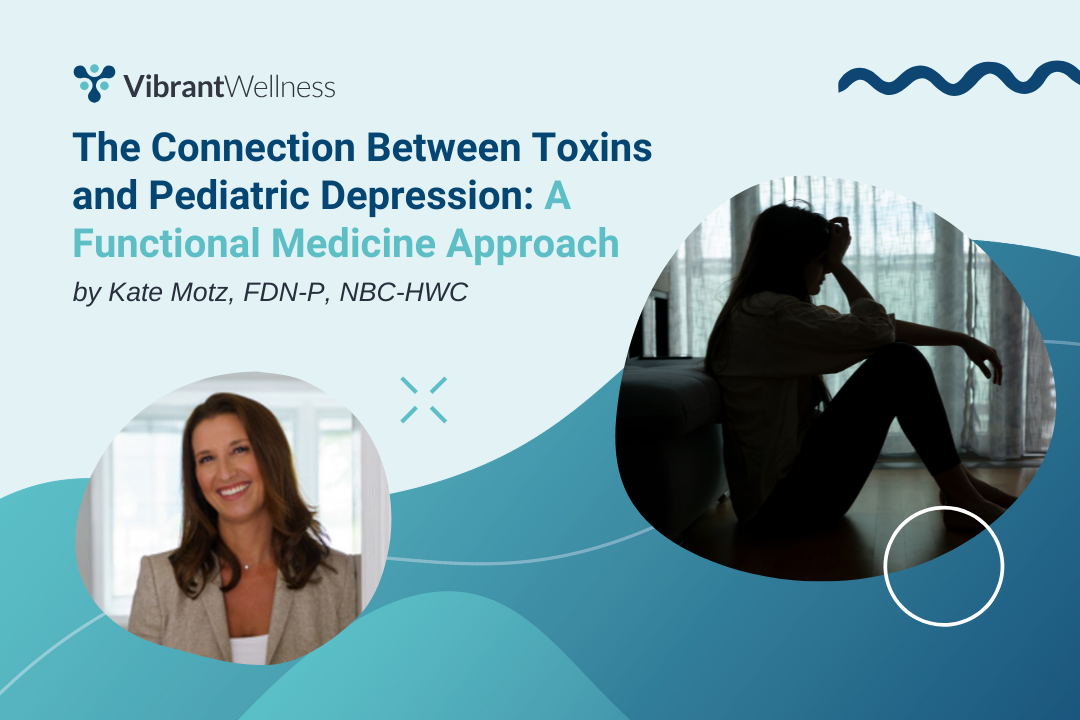Exploring Links Between Mold, Mycotoxins, and Chronic Symptoms
Could mold be lurking beneath your patients’ chronic symptoms?
Mold is a ubiquitous type of fungus that grows and spreads on moist or decaying matter. Mold isn’t inherently toxic. However, it produces toxins called mycotoxins, which can wreak havoc on human health.
What Are Mycotoxins?

Mycotoxins are toxic substances produced by certain types of mold, which can cause serious immune abnormalities in susceptible individuals when ingested or inhaled.
Mycotoxin exposure is linked to DNA damage, kidney damage, DNA/RNA mutations, growth impairment in children, gene modifications, and immune impairment.
These toxins are highly inflammatory to the immune system and trigger intense immune responses. They also rapidly deplete antioxidants like glutathione, our master antioxidant, as well as vitamins A, C, and E.
Exposure Sources

We’re constantly exposed to mold and mycotoxins on a daily basis from both dietary and environmental sources.
Dietary sources include spoiled food, and environmental sources include living or working in water-damaged buildings, airborne or physical contact with outdoor molds, and airborne dust in buildings containing mold spores.
According to the World Health Organization and Food and Agricultural Organization, 25% of the world’s agricultural products are contaminated with mycotoxins.
In your daily life, you are most likely to be exposed to mold on spoiled food or in water-damaged buildings in which you live, work, or visit frequently.
Early Signs of Mold Toxicity
Mold toxicity, caused by exposure to mold spores, can manifest in a range of ways and severities.
The most common early symptoms reported by individuals with mold intoxication include:
- Fatigue
- Shortness of breath
- Racing heartbeat
- Anxiety
Because these symptoms are vague and can be associated with a wide range of ailments, they’re often brushed off as related to lack of sleep, aging, or chronic fatigue.
Symptoms of mold toxicity are also indistinguishable from those caused by an initial immune response to a virus or bacteria.
Symptoms of Mycotoxin Exposure
Exposure to mycotoxins can trigger an inflammatory response in numerous body systems.
Symptoms include:
- Fatigue and weakness
- Chronic burning in the throat and nasal passages
- Coughing, wheezing, and shortness of breath
- Loss of balance
- Depression and/or anxiety
- Skin rashes
- Eye irritation or tearing of the eyes
- Headache and/or light sensitivity
- Hearing loss
- Heightened sensitivity to chemicals and foods
- Irregular heartbeat
- Morning stiffness and/or joint pain
- Muscle weakness
- Sleep problems
- Poor memory, difficulty finding words
- Slower reaction time
- Vision changes
- Difficulty concentrating
- Abdominal pain, diarrhea, and/or bloating
- Unusual skin sensations, tingling, and numbness
- Increased urinary frequency or increased thirst
- Disorientation and/or dizziness
- Static shocks or metallic taste in the mouth
Additionally, mycotoxin toxicity is linked explicitly to neurological symptoms, with patients reporting cognitive, emotional, and behavioral effects.
Mold Toxicity & Chronic Illness

In addition to causing new symptoms, mycotoxins can exacerbate already existing chronic conditions in those with dysregulated immune systems. This includes those with allergic and non-allergic chronic inflammatory disease, autoimmune disease, and HIV. Thus, if your patients are immuno-compromised, mold may pose a greater risk to their health.
Further, because mycotoxins are generally harmful to humans, mold exposure can induce immuno-deficiency and, in turn, increase the chances of contracting an infection or developing severe illnesses like cancer.
Toxic Vs. Non-Toxic Spores
Not all molds are toxigenic, but even mold species that are non-toxic can elicit an immune response and side effects in humans.
In animal studies that tested both toxic and non-toxic mold spores, results showed that both spore types triggered an innate immune response. Toxic mold spores triggered an immune reaction in the hippocampus of the brain, while non-toxic spores increased anxiety.
Precision Testing Options
The Mycotoxins Panel can help determine if mold toxicity is at the root of chronic symptoms.
This advanced test detects the presence of 31 of the most common mycotoxins produced by mold, including Aflatoxins, Trichothecenes, and other mycotoxins like Fumonisins B1, B2, and B3.
The extensive panel detects mycotoxins as small as five picograms in size, so you can give your patients the most precise analysis of their mold toxicity status.

Mold toxicity is everywhere and can go unnoticed under general symptoms for long periods. By teaching your patients about exposure sources and utilizing innovative precision testing, you can determine specific sources of mold and mycotoxin exposure, address and prevent mold toxicity, and promote healing by getting to the root cause of symptoms.
Regulatory Statement:
The general wellness test intended uses relate to sustaining or offering general improvement to functions associated with a general state of health while making reference to diseases or conditions. This test has been laboratory developed and its performance characteristics determined by Vibrant America LLC and Vibrant Genomics, a CLIA-certified and CAP-accredited laboratory performing the test. The lab tests referenced have not been cleared or approved by the U.S. Food and Drug Administration (FDA). Although FDA does not currently clear or approve laboratory-developed tests in the U.S., certification of the laboratory is required under CLIA to ensure the quality and validity of the tests.
 By
By



